.
Hannah Duston
She looms there, immortalized, in bronze gone blue,
a puritan woman with crude hatchet cocked.
Her stare is as cold as the New England dew,
the blood of her captors still slick on her frock.
Kidnapped and beaten, through the snow she was led,
the head of her infant so callously threshed.
By cover of night she collected her debt,
and made her way home with a bounty of flesh.
Now a granite plinth in the park bears her name,
a tribute that some would see scalped of renown.
But to all detractors, she offers her gaze,
defiantly daring them: tear this one down.
.
.
A.R. Pereira is an American poet, carpenter, and martial artist.



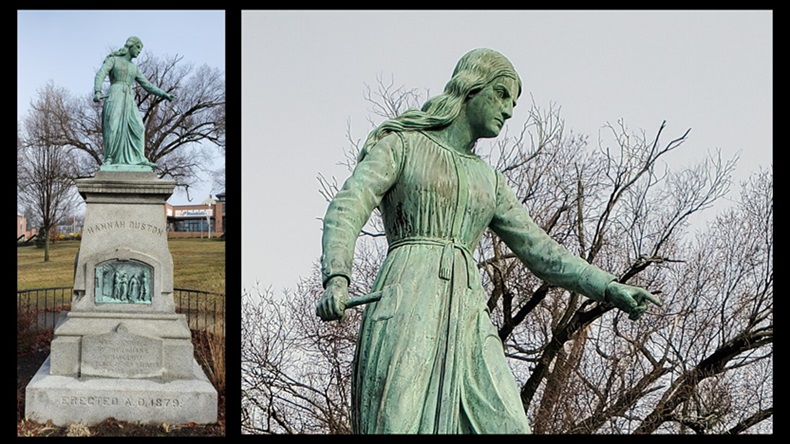
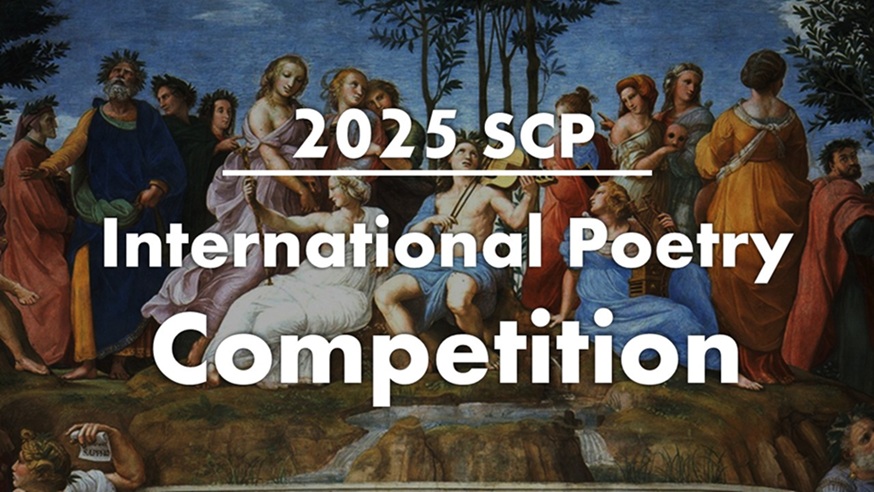
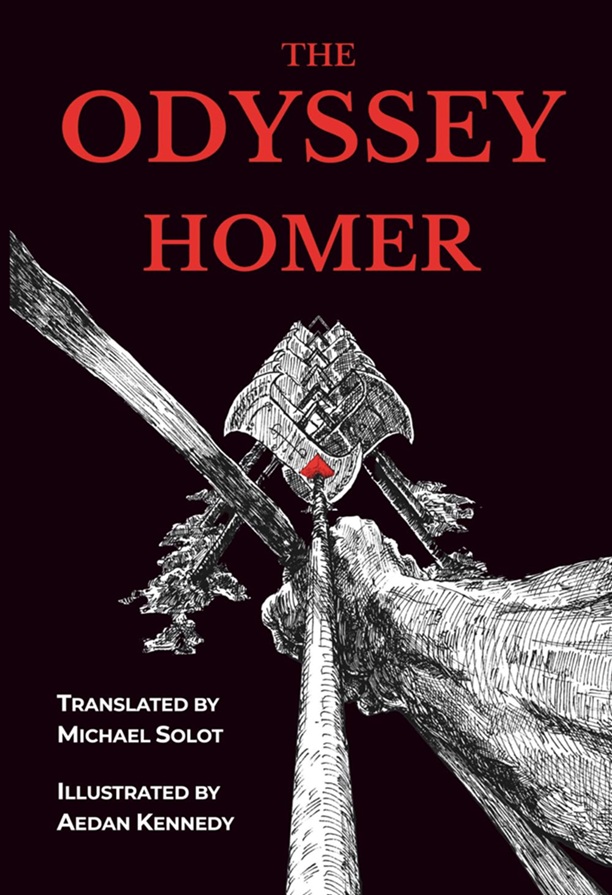

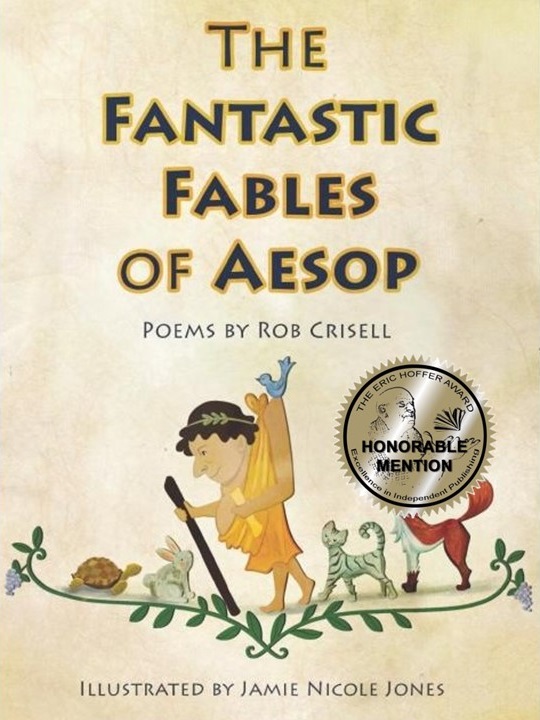


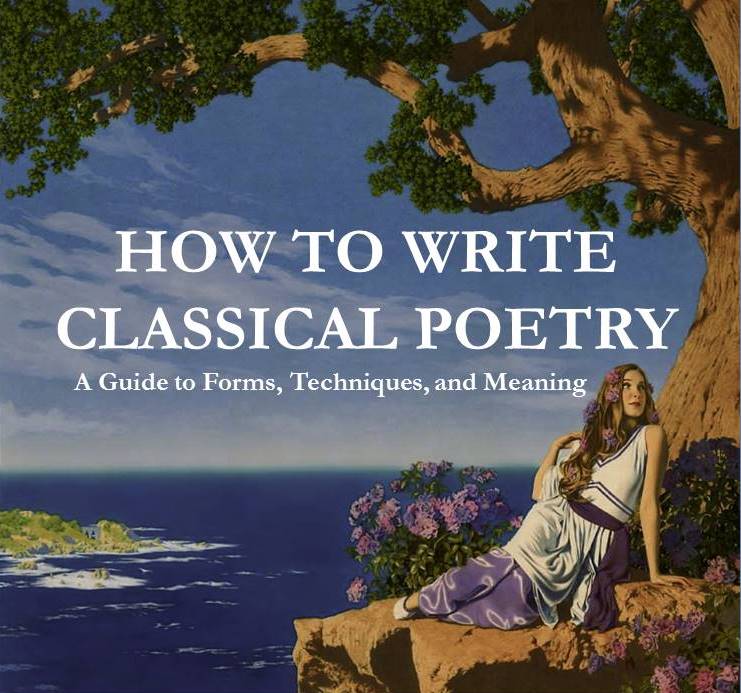




I understand that the testicularly-deprived members of the city council of Haverhill (where the pictured statue stands) have decided to keep it, but to remove the hatchet. What a bunch of gutless wimps. The whole heroic point of the Duston story is that she killed and scalped the murderers of her infant.
I am reminded of the fact that municipal officials in New York City, for the 1924 Democratic convention, ordered the beer stein to be chipped off the statue of Father Knickerbocker, so as not to offend the Prohibitionist delegates who would be arriving in town. Another example of bureaucratic gutlessness.
A fascinating subject. There’s excellent phrasing: “the head of her infant so callously threshed”; the reference to scalps as a “bounty of flesh”; and your play on the word “scalped” in the final stanza. More of our early history, including stories like this, should be taught. People today have no idea what the early settlers endured or what a savage world it was. Indians thought nothing of bashing a baby against a tree.
I enjoyed your poem. It was a subject I had not heard about. But I think that reading your well written leads one to want to know more.
So maybe the tomahawk will have to go? Figures! The New Hampshire state motto is “Live Free or Die” but I guess they are overrun by people from Massachusetts now.
The statue (maybe the first statue of a non-fictional woman in the United states) is one that I hope will be otherwise left alone. I wish to point out the weapon in question was either crafted by Native Americans, or supplied by the French. Hanna did not even know how to kill with the weapon, and asked one of her captors (a boy) how to do it. He actually told her. That’s why she was able to strike back with confidence later. The irony!
Do not trifle with Mama Bear, whether bronze or flesh.
This poem led me (like Frank Rable) to find out more about Hannah Duston. One thing I discovered in discussions from the 19th to the 21st century is agonized wonder that this woman, who had just had a newborn killed by her captors, and would have been grieving for that could be capable of killing the children of those captors. I’d like to add some context that helps explain, but I want it to be thoroughly and absolutely understood that I do not sanction child murder anywhere.
Hannah Duston had given birth a few days before her baby Martha was murdered. It would not have been necessary to beat the brains out of the child. The soft fontanelles on a newborn’s head can be accidentally or intentionally damaged such that death results. When Mr. Pereira says the head was “callously threshed,” this could mean brains were spilled by what would have been a slight injury to an older child or adult. The home invaders had killed about 15 older children with more serious injuries when taking Hannah captive.
It is easy to see that revenge could have been a motive. As well, one must note that Hannah was in the prime period for postpartum hormonal changes that can cause, among other things, severe anxiety, hopelessness, restlessness, intense anger, fear of death, and thoughts of suicide or of harming others. Wild hormone fluctuations would only intensify the natural horror and anger Hannah felt at witnessing her own baby’s death, after having seen a number of other children killed. Writers who accuse Hannah of being unmotherly and unwomanly need to recall not only the violence she had seen and suffered, but the nature of motherhood and womanhood.
She killed and scalped six children as part of her revenge.
Does that not give anyone here pause ..?
Pause for what?
Why, pause to retroactively impose 21st Century sensibilities and privileges of security on someone fighting for her life in the 17th Century. A superb example of chronocentrism.
I think that the issue is looking at Hannah Duston’ s actions as revenge. Even though it might appear to be a carefully considered and planned murder, was she in her right mind? Was she instead striking out violently as a way of dealing with the horror, the sorrow, the disbelief? She was used to a society with rules and enforced laws, and now was thrust into a world that made no sense to her. She sought a way to deal with the impossible pain, not to balance the scales. I doubt that she found the itch to be scratched.
Another thing, remembering the time period: the children you spare might one day kill your grandchildren. It’s just a way you might think when the civilization you treasure breaks down
However, by the time the statue was dedicated, there was a push toward justifying violence toward the Native Americans as they were pushed ever westward. So let’s not confuse the motives of the woman with the motives of the statue.
Finally, the statue is our history. Unpleasant, yes. Do we want to erase it so that what happened is forgotten? Or just set the stage for it to all happen again?
Hannah Dustin may have killed those Indian children out of revenge — which to my mind would have been perfectly justified, no matter what our weak-kneed religionists might say — but there was also a completely sensible tactical reason to do it. If she had left the children alive, they would have warned their elders about how she had escaped, and she would have been recaptured and killed.
In combat, “take no prisoners” is not necessarily a command of hatred or savagery. Sometimes it is a military necessity. Odysseus and Diomedes kill the captured Dolon in the Iliad, because it would be very unwise to let him go and warn the Trojans of their coming. The Achaeans throw the child Astyanax over the walls of the citadel, because letting him live would have allowed the royal family of Troy to survive and perhaps be the nucleus of another war.
A combat veteran of the invasion of Sicily in 1943 told me that when his team of U.S. Rangers landed secretly on the beachhhead late at night, a young girl happened to be bicycling along the sands. One Ranger quickly grabbed her and slit her throat, since she had seen them and was sure to report their landing to sentries or to the authorities. I even wrote a poem about this real event.
So let’s not get up on our moral high horse and second-guess the actions of Hannah, or come up with some Jesuitical plea about postpartum depression. Hannah had a perfectly good military reason for doing what she did. In the 17th century, you had to think like a soldier.
I don’t think I was being Jesuitical, Joseph. You have to be really smart to subtly equivocate as they can. I’m just expressing my opinion about Hannah and why she might have done her bloody deeds. I don’t really believe that she had an Army Ranger mindset. Remember that she had to ask how to kill with the tomahawk. Women were not soldiers or police persons like some are today.
I never mentioned postpartum depression. I don’t believe that saying that I was on a “moral high horse” was fair. But your opinion is your opinion. I expressed my opinion, and hope that will be OK with you in the future.
Now, I’ll surprise you. You might be right. As unlikely as it seems to me, maybe she worked the whole thing out and worked her plan perfectly. Could you imagine though, the retaliation that must have resulted? And if she were recaptured, I doubt that she would only suffer death. That would be revenge.
Shame about the Sicilian girl though. My Uncle Joe (long deceased now) served as infantryman in the invasion of Sicily, He said that the Italian troops did not want to fight anymore, the Sicilian soldiers wisely just went home. The Sicilian people liked the Americans and absolutely HATED the Germans. We bombed the hell out of the Axis, but close up MURDER of a civilian and a child at that? Christ! How could he admit to it? He should have taken that to the grave as most veterans did rather than boast about it.
Just my thoughts, no malice toward you intended.
Frank, my post was not in reply to you or anything you said. When a posting in these discussion threads appears flush to the left, it is merely a statement by the one who posts, not a reply.
You were not the one being Jesuitical, or talking about postpartum depression. Nor were you the one who was on a moral high horse. Those were other persons.
I would never object to anyone expressing an opinion, though I do sometimes express vigorous opposition to them. I didn’t find anything in your first posted comment to disagree with at all. So we are friends, I hope.
The girl killed on the Sicilian beach by a U.S. Ranger was not a child, but a teenager. The man who slit her throat was not happy about it, but said that it was fully necessary, just as if she had been a military sentry. I did learn that the incident haunted this man for the rest of his life, and that he died with a severe alcoholism problem. I was told of the incident by a different U.S. Ranger, who was there and had witnessed the event. The man who did it never boasted about it.
As for the Hannah Duston question, she certainly must have planned out her actions. She asked the Indians how to use the tomahawk, and then waited until she had a chance to start killing. She clearly had the steely nerves of an experienced soldier.
Yes, reading more carefully through the comments, I see that some of yours were not actually directed at me and so I needn’t have felt singled out. So I retract my comments about postpartum depression, Jesuitical, or moral high horse. Not to say that a proper and deserved response isn’t being formulated elsewhere. As for the rest of my comments, I said what I said.
Now regarding the modern objection to the statue, I recall now that Lizzie Borden (forty whacks) also killed with a similar weapon. Could it be that New Englanders don’t want their land of tiny states (with ten Senators too many) to be known as “the land of ax wielding women?”
It could be. But recall that in those days of wood-burning stoves and fireplaces, everybody, male and female, knew how to heft an axe. Firewood was something you had to think about constantly.